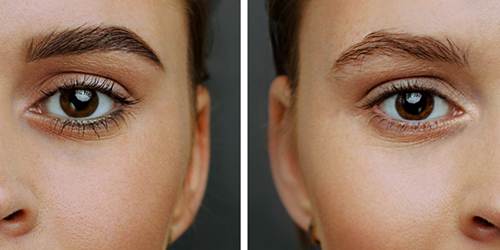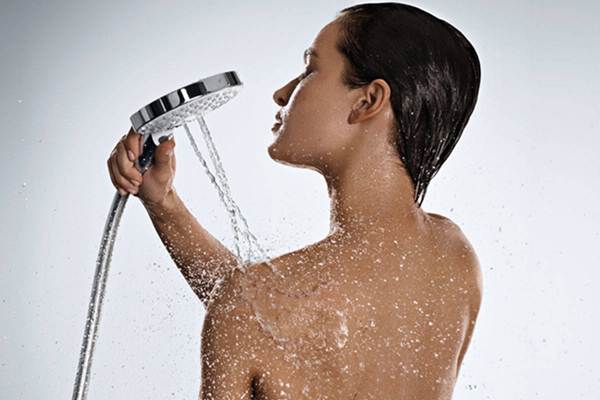Microblading is a semi-permanent cosmetic procedure that helps create well-defined, fuller eyebrows. After getting your eyebrows microbladed, proper aftercare is vital to ensure the best results and preserve the longevity of the treatment. One of the important aspect of post-microblading care is keeping your eyebrows dry during showers. In this article, we’ll talk about why it’s essential to keep your eyebrows dry, and we’ll give you with practical tips on how to achieve this without compromising the healing process.
Why is keeping your eyebrows dry important after microblading?
During the microblading, micro incisions are made in the skin to deposit pigments that mimic the appearance of eyebrow hair. These tiny-incisions need time to heal properly. The pigment may be washed out if they are exposed to water, leading touneven or patchy results. In addition to this, water can carry bacteria, and keeping the eyebrows dry reduces the infection risk during the healing process.
How to Keep Eyebrows Dry in Shower After Microblading?

- Apply a barrier cream: Before stepping into the shower, apply a water-resistant ointment or barrier cream over your microbladed eyebrows. Your microblading specialist will recommend a specific product suitable for your skin type. The barrier cream or oinment creates a protective layer over the eyebrows, helping to repel water during the shower.
- Avoid direct water exposure: When showering, try to avoid getting your eyebrows wet directly. To keep the water away from your face, tilt your head slightly backward. You can also use a headband or a shower cap to protect your eyebrows from water.
- Use a gentle cleanser: If you need to cleanse your face during the shower, use a non-abrasive, gentle cleanser, and avoid the eyebrow area. Focus on other areas of your face, and use a soft sponge or cloth to cleanse the area around your eyebrows.
- Shorten shower time: To reduce the risk of wetting your eyebrows, limit the time you spend in the shower. Quick showers can help reduce the chances of water exposure to your microbladed brows.
- Opt for cooler showers: Hot water can open up your pores. This can make your skin more susceptible to absorbing water. Opt for cooler or lukewarm showers to minimize the risk of water getting into your eyebrow area.
- Pat dry gently: After shower, try to avoid rubbing your face with a towel. Instead, gently pat your face dry, ensuring not to rub or touch your eyebrows. Using a soft, clean towel is essential to prevent any potential infection.
- Avoid steamy environments: In addition to the shower, avoid other steamy and hot environments like steam rooms and saunas during the initial healing period. The excess moisture and heat can interfere with the healing process.
- Follow aftercare instructions: Follow the aftercare instructions provided by your microblading specialist diligently. These instructions are tailored to the specific products used and your unique needs during your treatment. Following these guidelines will help you achieve the best results and is essential for the healing process.
Conclusion: Proper aftercare is vital to ensure the success of your microblading treatment. Keeping your eyebrows dry while showering is an essential aspect of post-microblading care. By shortening shower time, avoiding direct water exposure, applying a barrier cream, patting dry gently, using gentle cleansers, and following the aftercare instructions, you can achieve beautiful, long-lasting results and protect your microbladed eyebrows. Remember, the healing process can take 4-6 weeks, and during this time, your eyebrows will go through various healing stages. Diligence, care, and patience, are key to achieving the best outcome from your microblading journey. If you have any questions or concerns about your aftercare, don’t hesitate to see your microblading artist for personalized support and guidance.


